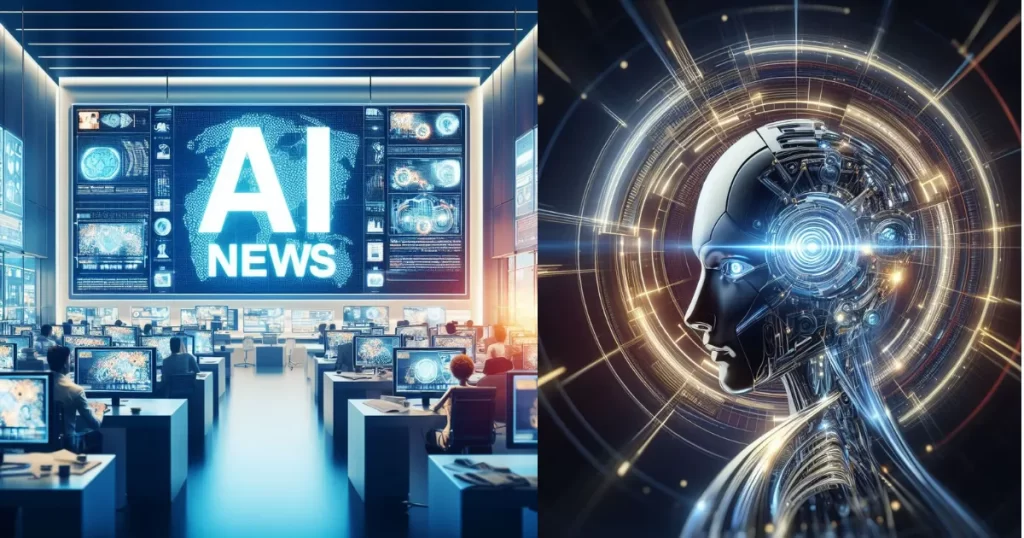OpenAI has released a new feature called “Canvas” that provides a new method for users to interact with ChatGPT, notably for writing and coding jobs. This interface, which was launched on Thursday, October 3, 2024, is intended to make project collaboration more dynamic and efficient. The “Canvas” function exposes a new workspace alongside the usual chat window, allowing users to generate text or code and update areas immediately within that workspace. This beta version is first accessible to ChatGPT Plus and Teams users, with Enterprise and Edu users set to receive it the following week.
Many AI firms are developing similar editable workspaces to facilitate user interaction with generative AI. For example, OpenAI’s new “Canvas” interface includes capabilities akin to Anthropic’s “Artifacts,” which debuted in June, as well as the popular coding helper “Cursor.” These advancements come as OpenAI aims to improve ChatGPT’s capabilities and keep up with its competitors, all while enticing more paying customers.
While AI technologies like ChatGPT cannot complete large tasks with a single prompt, they may give a strong basis. Editable workspaces, such as the newly added “Canvas,” let users to make specific changes to the AI’s output without having to redo the entire prompt or regenerate significant chunks. This makes the AI far more useful for both writing and coding tasks.
Daniel Levine, a product manager at OpenAI, showed TechCrunch this new interface. According to Levine, this version provides a more user-friendly approach to communicate using ChatGPT. In the demonstration, he showed how users may access this capability by selecting the “GPT-4 with canvas” option from the model menu. However, OpenAI stated that in future upgrades, the canvas window would display automatically when the system determines that it is beneficial, such as for lengthier texts or more sophisticated coding jobs. Users may also manually open the canvas by entering “use canvas” in chat.
Levine illustrated how “Canvas” may help with writing chores like creating emails. After creating an email, it appears on the canvas window, allowing users to fine-tune it. For example, customers may use a slider to change the length of the email or choose certain words to edit, requesting that the AI make it more pleasant or include emojis. In addition, the AI may translate the entire email into another language, increasing its versatility.
On the coding side, the canvas interface provides several capabilities. Levine demonstrated how ChatGPT can create an API web server in Python, which displays in the canvas window. By pressing the “add comments” button, users may instruct ChatGPT to enter comments into the code, describing what each section accomplishes in simple English. Users can also mark certain areas of the code to prompt the AI with queries or explanations. In addition, ChatGPT will have a “review code” option that will recommend adjustments to enhance the code, whether it is user-generated or AI-generated. Users can then decide whether to approve, alter, or reject these recommendations. If accepted, ChatGPT will attempt to resolve the code issues itself.
Once the “Canvas” feature has completed its testing phase, OpenAI intends to make it available to all users, even those who use the free version of ChatGPT.
This article is based on TechCrunch’s original report, authored by Maxwell Zeff. The original article appeared on October 3, 2024. You can check out the dull article here.

I’m Voss Xolani, and I’m deeply passionate about exploring AI software and tools. From cutting-edge machine learning platforms to powerful automation systems, I’m always on the lookout for the latest innovations that push the boundaries of what AI can do. I love experimenting with new AI tools, discovering how they can improve efficiency and open up new possibilities. With a keen eye for software that’s shaping the future, I’m excited to share with you the tools that are transforming industries and everyday life.

